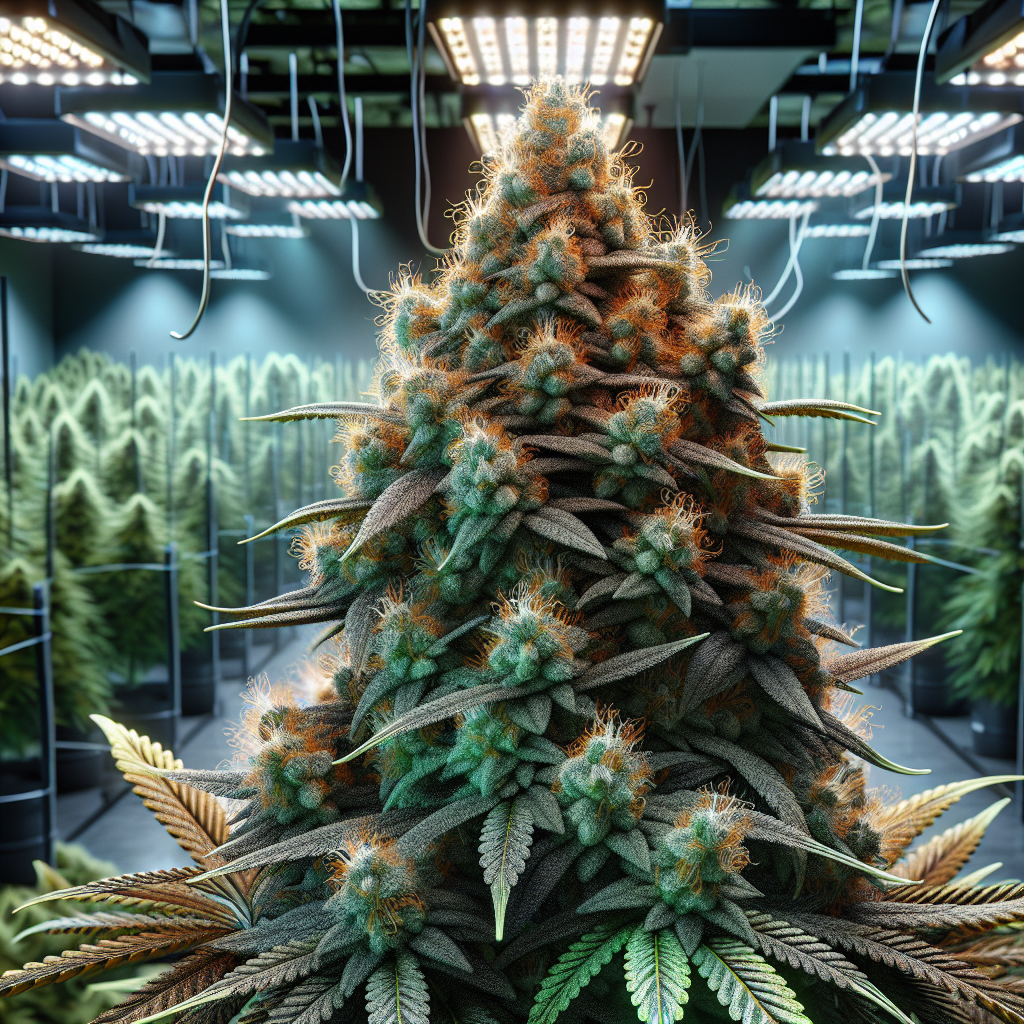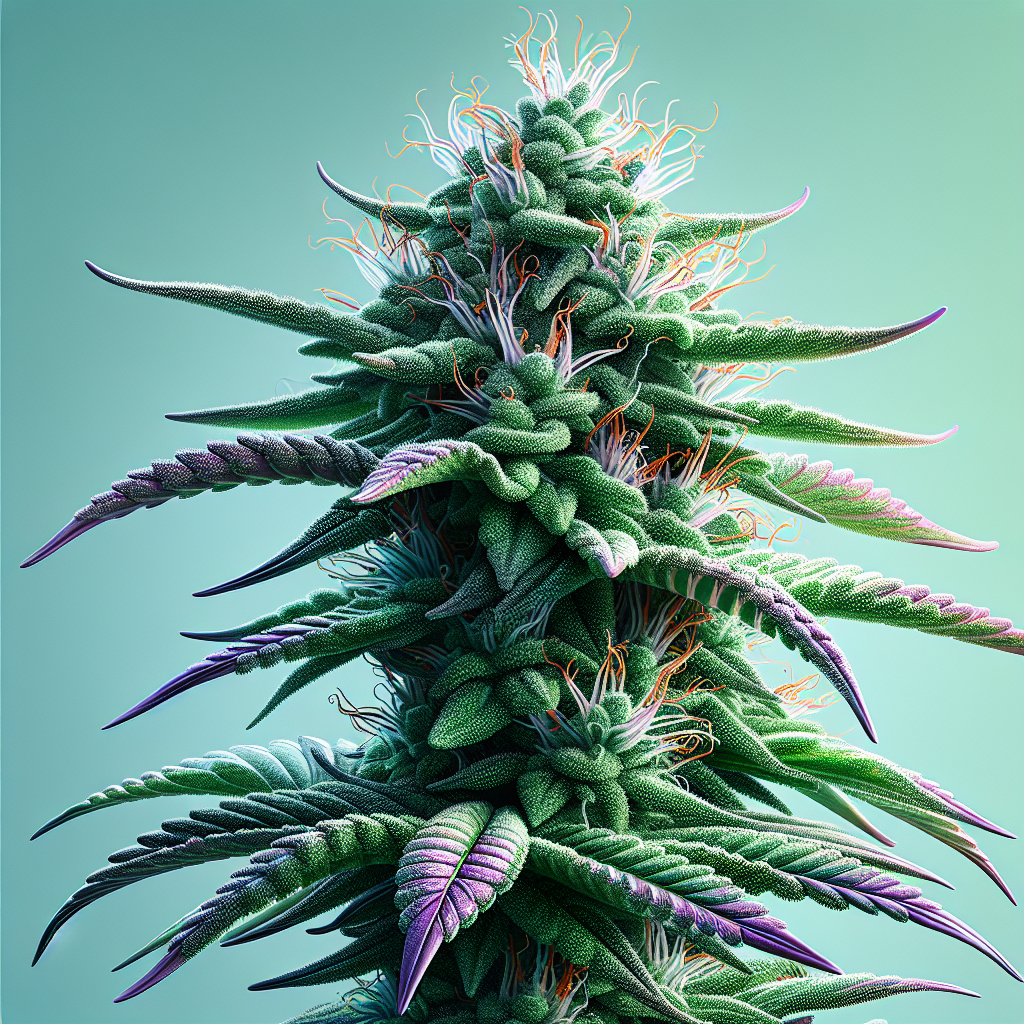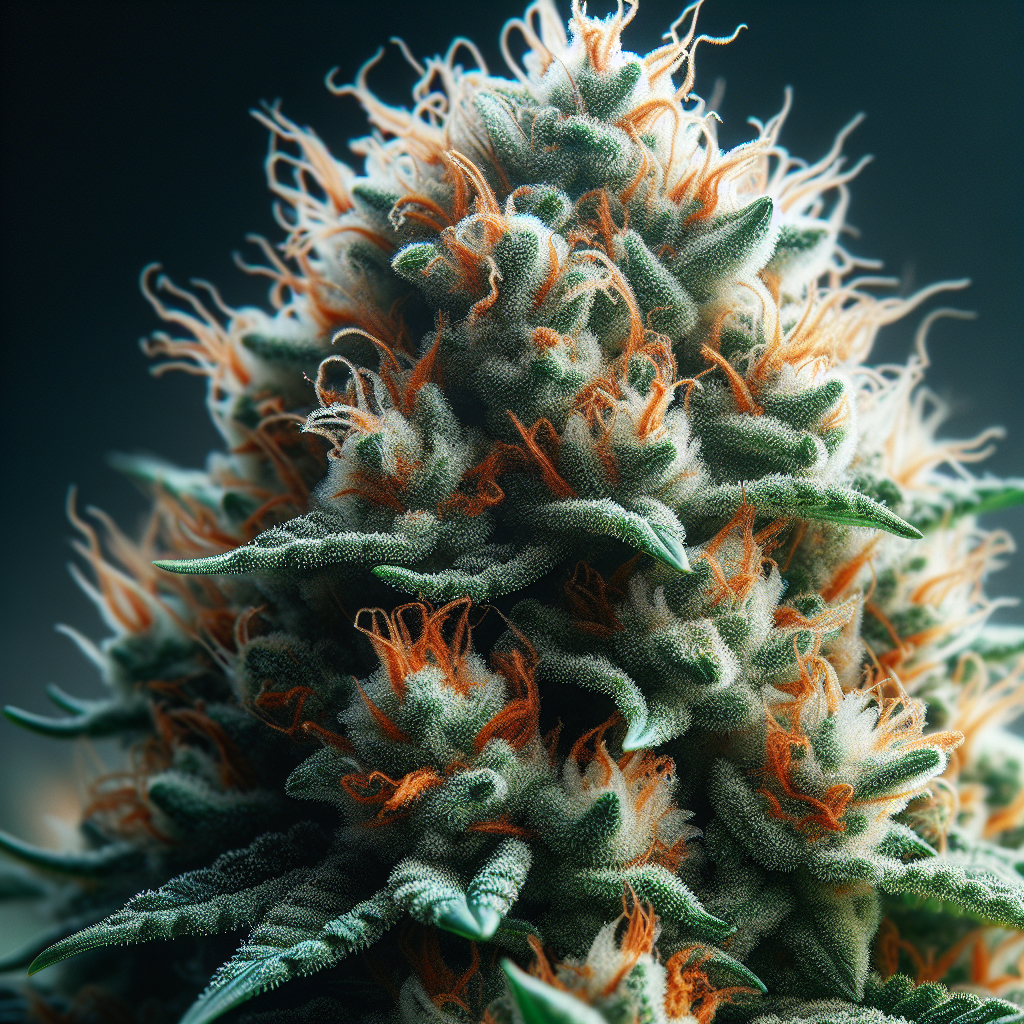The Entourage Effect Explained: How Cannabinoids Work in Harmony
The world of cannabis is rich and complex, with a fascinating array of compounds working together to create unique effects. Among these compounds, cannabinoids play a crucial role, interacting with our body’s endocannabinoid system (ECS) to produce various therapeutic and psychoactive effects. But recent research has suggested that these compounds do not operate in isolation. Instead, they function harmoniously in what is known as the "entourage effect." In this comprehensive article, we’ll explore the entourage effect in detail, including how cannabinoids, terpenes, and other compounds work together, their implications for therapeutic use, and address a frequently asked questions section at the end.
Understanding Cannabinoids and the Endocannabinoid System
Before diving into the entourage effect, it’s essential to understand the main players: cannabinoids and the endocannabinoid system. Cannabinoids are chemical compounds found in cannabis plants that interact with receptors in the body to produce various effects. The two most well-known cannabinoids are:
- Tetrahydrocannabinol (THC): This is the primary psychoactive compound in cannabis that produces the "high."
- Cannabidiol (CBD): Unlike THC, CBD does not produce a high and is associated with various therapeutic effects, such as reducing anxiety, inflammation, and seizures.
The endocannabinoid system is a complex network of receptors, enzymes, and endocannabinoids that helps regulate numerous bodily functions, including pain, mood, appetite, and memory. The two main types of cannabinoid receptors in the ECS are CB1 and CB2 receptors. CB1 receptors are primarily found in the brain and central nervous system, while CB2 receptors are mostly located in the peripheral tissues and immune system.
What Is the Entourage Effect?
The entourage effect is a term used to describe the synergistic interaction between various cannabinoids, terpenes, and other compounds in the cannabis plant. This interplay is believed to enhance the therapeutic effects of these individual compounds and reduce potential side effects. In simpler terms, the whole plant is greater than the sum of its parts. This notion challenges the conventional approach of isolating cannabinoids for therapeutic use, particularly for conditions like chronic pain, anxiety, or epilepsy.
Key Components of the Entourage Effect
-
Cannabinoids: Along with THC and CBD, cannabis contains over 100 cannabinoids, including cannabinol (CBN), cannabigerol (CBG), and tetrahydrocannabivarin (THCV). Each of these compounds has unique properties that can influence the overall therapeutic profile of cannabis.
-
Terpenes: These are aromatic compounds found in many plants, including cannabis. Terpenes are responsible for the distinct scents and flavors of different cannabis strains. They also exhibit their own therapeutic effects, which can complement those of cannabinoids. For instance, limonene is known for its uplifting properties, while myrcene is considered sedative.
-
Flavonoids: While less discussed, flavonoids contribute to the overall therapeutic effects of cannabis. These compounds are responsible for the pigmentation in plants and have shown potential antioxidant and anti-inflammatory properties.
- Other Compounds: A variety of acids, vitamins, minerals, and trace elements also contribute to the overall effect of cannabis. While their roles are less understood, they may interact with cannabinoids and terpenes in meaningful ways.
Mechanisms Behind the Entourage Effect
1. Synergistic Interactions
Synergy among cannabinoids and terpenes enhances their individual effects. For instance, studies have shown that CBD can mitigate the psychoactive effects of THC, offering a more balanced experience. This means that when consumed together, they can create a more therapeutic effect that is gentler on the psyche.
2. Modulation of Receptor Activity
Cannabinoids and terpenes can modulate how their respective receptors function. For example, certain terpenes can influence the activation of the cannabinoid receptors, thus enhancing the overall therapeutic profile. This affects how cannabinoids bind to receptors and could lead to varied effects based on the specific strain and its chemical makeup.
3. Influence on Metabolism
The presence of terpenes can also alter the metabolism of cannabinoids. Terpenes might either enhance or impede how quickly cannabinoids are processed by the body. This can affect the duration and intensity of effects, adding another layer of complexity to the entourage effect.
The Research Landscape
While the concept of the entourage effect has garnered significant attention, research in this area is still emerging. Various studies have provided insights into how different cannabinoids and terpenes work together, but more rigorous, clinically-backed studies are necessary to fully understand the implications of these interactions. Here are a few notable findings:
Cannabinoid Synergy
A study by Appendino et al. (2019) highlighted the synergy between cannabinoids in managing chronic pain. It demonstrated that combinations of cannabinoids produced greater analgesic effects than isolated cannabinoids.
Terpenes and Cannabinoid Interaction
A research study by Russo (2011) emphasized the importance of terpenes, stating that they improve the effectiveness of cannabinoids. For example, myrcene was noted for its sedative effects, which can complement the anxiety-reducing actions of CBD.
Effectiveness in Specific Conditions
Another study published in the Journal of Pain and Symptom Management (2020) showed that cancer patients using full-spectrum cannabis extracts (containing multiple cannabinoids and terpenes) experienced better symptom relief than those using isolated cannabinoid therapies.
The Practical Implications of the Entourage Effect
1. Whole Plant Medicine
The entourage effect supports the idea of using whole plant extracts for therapeutic purposes rather than relying solely on isolated cannabinoids. Many advocates argue that full-spectrum or broad-spectrum cannabis products—those that retain a range of cannabinoids and terpenes—offer a superior therapeutic experience.
2. Strain Selection
Understanding the entourage effect can assist patients and consumers in selecting appropriate cannabis strains for specific needs. For instance, someone looking for pain relief may benefit from a strain high in both THC and myrcene.
3. Personalized Medicine
The entourage effect opens the door for personalized medicine approaches. By tailoring cannabinoid and terpene profiles to meet individual health needs, healthcare providers can create more effective treatment plans for conditions such as anxiety, chronic pain, or even cancer-related symptoms.
How to Harness the Entourage Effect
-
Opt for Full-Spectrum Products: If you’re interested in experiencing the entourage effect, consider full-spectrum oils or extracts. These products retain a wide variety of cannabinoids and terpenes.
-
Understand Strains: Different cannabis strains have unique profiles of cannabinoids and terpenes. Do some research or consult with a knowledgeable dispensary staff to find strains that match your needs.
-
Start with Low Doses: When trying cannabis for medicinal purposes, it’s advisable to start with low doses and gradually increase until you find your optimal effect. This helps you to understand how cannabinoids and terpenes work for you personally.
-
Experiment with Ratios: Experiment with different ratios of THC to CBD and observe how it affects your symptoms. Different combinations can yield different effects due to the entourage effect.
- Consult with Healthcare Professionals: If you’re considering using cannabis for medicinal purposes, consult with a healthcare provider who understands cannabis therapeutics. They can provide guidance tailored to your health needs.
Conclusion
The entourage effect represents a compelling argument for utilizing the whole cannabis plant and underscores the importance of understanding how various compounds interact. As research continues to evolve, and more evidence emerges concerning the benefits of whole plant extracts over individual cannabinoids, consumers and healthcare professionals must pay attention to the synergistic potential of cannabis.
In today’s rapidly changing landscape regarding cannabis legality and perception, understanding the entourage effect can help demystify the complexities surrounding cannabinoid therapy, empowering patients and users to make informed decisions that meet their health needs more effectively.
FAQ Roundup
Q1: What is the entourage effect?
A: The entourage effect refers to the synergistic interaction between cannabinoids, terpenes, and other compounds in cannabis, which is believed to enhance therapeutic effects and minimize unwanted side effects.
Q2: How do cannabinoids work?
A: Cannabinoids interact with the body’s endocannabinoid system (ECS) by binding to cannabinoid receptors (CB1 and CB2) to regulate various physiological processes like pain, mood, and appetite.
Q3: Are full-spectrum products better than isolates?
A: Many argue that full-spectrum products, which contain a range of cannabinoids and terpenes, offer enhanced therapeutic benefits due to the entourage effect, compared to isolated cannabinoids.
Q4: Can I experience the entourage effect with CBD oil?
A: Yes, if the CBD oil is full-spectrum or broad-spectrum and contains other cannabinoids and terpenes, you may experience the entourage effect.
Q5: How can I find the right cannabis strain?
A: Consult with knowledgeable staff at dispensaries and do your research on strain profiles to find those that match your desired therapeutic needs.
Q6: Is there scientific evidence supporting the entourage effect?
A: While initial studies support the concept of the entourage effect, more rigorous research is needed to fully understand the mechanisms and implications of cannabinoid interactions.
Q7: What are some common terpenes and their effects?
A: Some common terpenes include:
- Myrcene: Known for its sedative effects.
- Limonene: Associated with uplifting and mood-enhancing effects.
- Pinene: Often linked to alertness and focus.
Q8: Is it safe to use cannabis for medical purposes?
A: Cannabis can be safe for many people when used responsibly, but it’s essential to consult with a healthcare professional, especially if you have underlying health conditions or are taking other medications.





